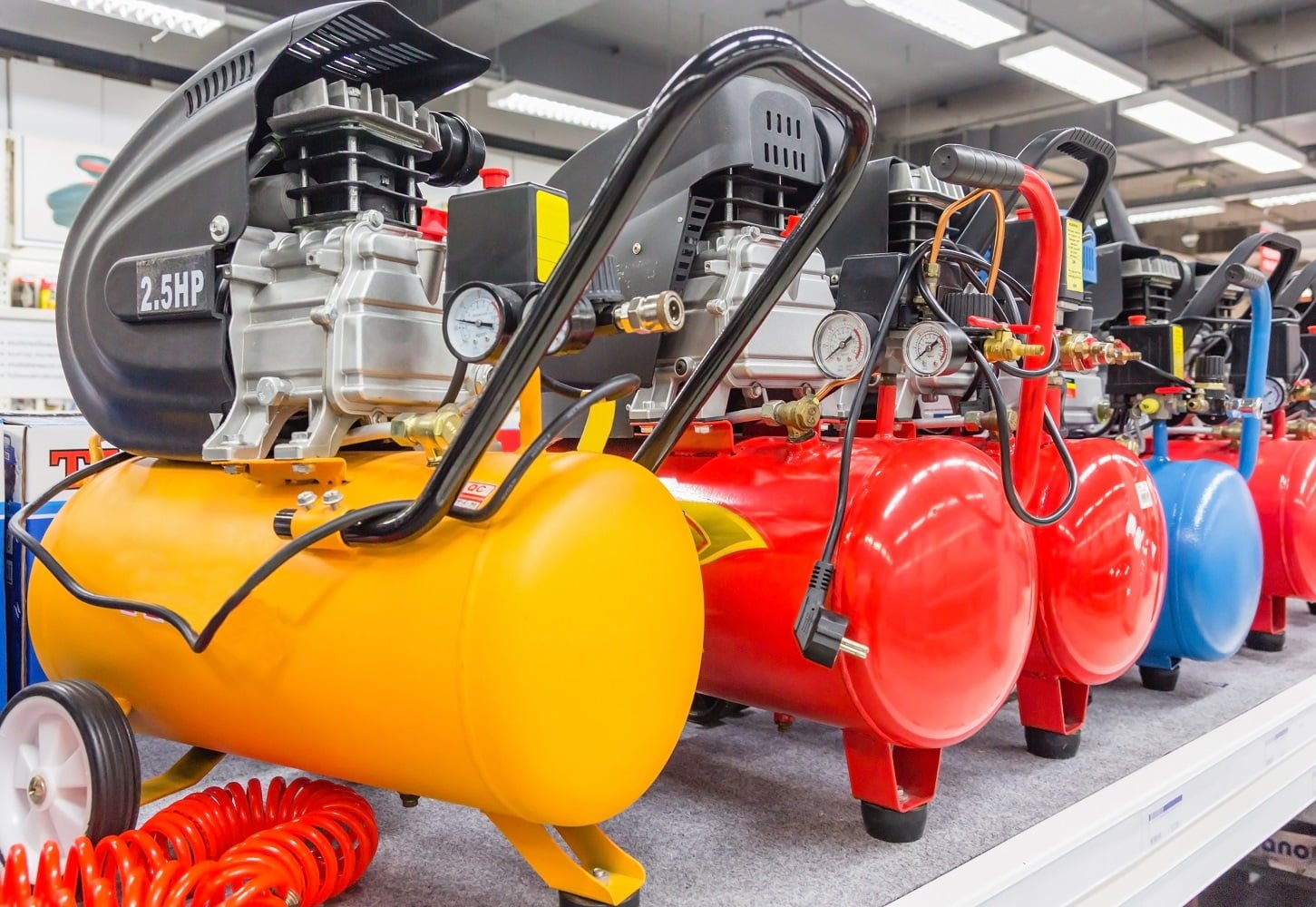Air compressors are an essential tool for many businesses, providing a dependable source of compressed air to power a variety of equipment. The amount of air that a compressor can produce is measured in cubic feet per minute (cfm). Air compressors that produce between 1 and 10 cfm are relatively small and are suitable for home and light industrial use. In this article, we will look at the different types of 1-10 cfm air compressors, their advantages and disadvantages, and the factors to consider when choosing the best one for your needs.
Types of 1-10 CFM Air Compressors
Contents
1. Piston Air Compressors: Piston air compressors use a piston-driven motor to compress air. These compressors are typically the least expensive, and they are relatively easy to maintain. They are also relatively quiet, making them suitable for use in residential settings. However, they can be limited in terms of their maximum CFM output, so they may not be suitable for applications that require a higher CFM output.
2. Rotary Screw Air Compressors: Rotary screw air compressors use a rotary screw mechanism to compress the air. These compressors are more expensive than piston compressors, but they have higher CFM outputs and are more efficient. They also require less maintenance than piston compressors. However, they are louder and more expensive to operate.
3. Centrifugal Air Compressors: Centrifugal air compressors use a centrifugal impeller to compress the air. These compressors are more expensive than piston and rotary screw compressors, but they have the highest CFM outputs of any type of 1-10 CFM air compressor. They are also the most efficient, but they are also the loudest and require the most maintenance.
Advantages and Disadvantages of 1-10 CFM Air Compressors
The main advantage of 1-10 CFM air compressors is their compact size and lower cost. These compressors are suitable for a range of applications, from powering small tools in a home workshop to providing compressed air for industrial production.
However, it is important to consider the disadvantages of 1-10 CFM air compressors before investing in one. These compressors generally have lower CFM outputs than larger models, which can limit their usefulness for certain applications. Additionally, the smaller size of these compressors means that they may require more maintenance than larger models.
Factors to Consider When Choosing a 1-10 CFM Air Compressor
When choosing a 1-10 CFM air compressor, there are several factors to consider. The most important factor is the required CFM output. Make sure to select a compressor that can meet your air demand. Additionally, consider the cost and maintenance requirements of the compressor. Consider the noise output of the compressor as well, especially if you are using it in a residential setting. Finally, make sure to purchase a compressor with a reliable warranty.
In conclusion, 1-10 CFM air compressors are an economical and convenient way to provide compressed air for a variety of applications. They are typically small and lightweight, making them suitable for residential and light industrial use. When choosing the best 1-10 CFM air compressor, consider your CFM needs, cost, maintenance requirements, noise output, and warranty. With careful consideration, you can find the right compressor for your needs.

